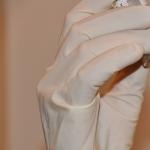Many are interested in the question, for what reasons does the level of cholesterol in the blood rise? In the modern world, there is a belief that the increase in cholesterol levels depends on the abuse of certain foods that are just rich in this element.
In fact, the human body independently synthesizes about 70% of cholesterol, and the remaining 30% enter the body with food, while the balance may change slightly.
The norm of total cholesterol in the blood is 3.0-6.0 mmol / l.
Norms of LDL cholesterol for men - 2.25-4.82 mmol / l, for women - 1.92-4.51 mmol / l.
Norms of HDL cholesterol for men - 0.7-1.73 mmol / l, for women - 0.86-2.28 mmol / l.
In the course of some studies conducted by scientists from the USA, it was found that when following a low-cholesterol diet, the liver, on the contrary, increased the production of cholesterol. Therefore, it was concluded that:
Restriction of products containing cholesterol for the prevention of vascular atherosclerosis is not justified. Such a diet is necessary only for patients with high levels of cholesterol in the blood.
In addition, there is an opinion that cholesterol is the cause of cardiovascular diseases - this is not true. High cholesterol is a kind of marker of disorders in the body, the presence of chronic diseases that prevent the normal production of cholesterol, and it is they (diseases) that lead to the development of cardiovascular pathologies. So what causes high blood cholesterol?
The main causes of high blood cholesterol levels lie in deeper violations of the functionality of the body, these are:
somatotropic hormone deficiency;
hypothyroidism;
diabetes;
diseases of the pancreas (chronic and acute pancreatitis, pancreatic cancer);
liver diseases (cirrhosis of the liver, extrahepatic jaundice, chronic and acute hepatitis);
hypertension;
kidney disease (nephroptosis, chronic renal failure).
Hereditary diseases - hereditary dysbetalipoproteinemia, combined hyperlipidemia, familial, polygenic hypercholesterolemia.
Diseases that cause disorders that contribute to high blood cholesterol levels include:
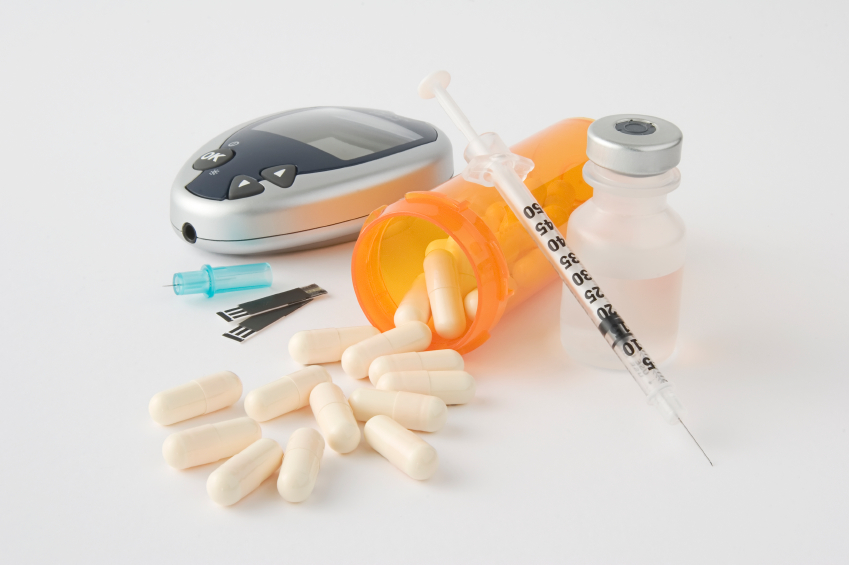
During pregnancy, the level of good cholesterol decreases and the level of bad cholesterol rises.
With severe alcoholism and alcohol abuse, the risk of high cholesterol increases.
Smoking, including passive smoking.
Metabolic disorders, obesity.
Taking certain groups of medicines (diuretics, steroid hormones, oral contraceptives).
Acquired diseases of a chronic nature, which appear most often after 50 years of age and increase the risk of increasing the amount of cholesterol in the blood.
Based on statistics, in men, cholesterol levels can rise after the age of 35, while in women, before menopause and in the absence of diseases of the gastrointestinal tract, cholesterol levels in most cases are within the normal range. With the onset of menopause, the level of cholesterol is equal to the level of cholesterol in the blood in men of the same age.
Many experts believe that the abundance of junk food in the daily diet, frequent overeating, lack of physical activity and exposure to fresh air, a sedentary lifestyle or sedentary work are the main factors that contribute to the early development of atherosclerosis and are the direct causes of high blood cholesterol levels.
In addition, bad habits (alcohol abuse and smoking) also adversely affect the human body as a whole and cause the gradual destruction of systems and organs, which affects normal metabolism and contributes to the development of chronic diseases. These diseases lead to an increase in cholesterol levels in the blood.
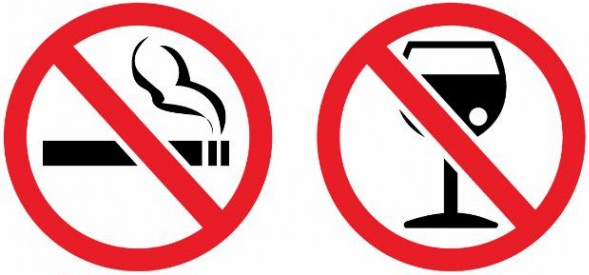
The human body is a complex holistic system in which everything is interconnected, therefore, damaging the effects of alcohol and nicotine, as well as lack of physical activity, overeating, poor nutrition increase the risk of developing oncology, heart attack, atherosclerosis, which threatens not only with long-term treatment, but also death. Accordingly, the question arises: “How to lower cholesterol?”
Many people know that it is cholesterol that leads to an increased risk of vascular thrombosis, because it is deposited in the walls of blood vessels in the form of cholesterol plaques. Thrombus formation can appear in places of accumulation of plaques or at the site of cracking of blood vessels. A blood clot that appears can subsequently burst, and this leads to such serious pathologies as:
sudden coronary death;
pulmonary embolism;
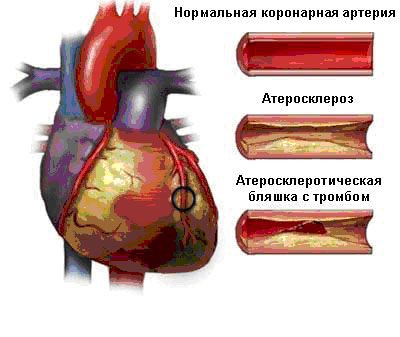
In countries where the population suffers from elevated blood cholesterol levels, the incidence of cardiovascular disease is much higher. However, you should not attribute all the problems to a high level of cholesterol, because its low content can also adversely affect the body. It is cholesterol that is the main material in the process of formation of cell membranes, vessel walls and, if necessary, promptly eliminates defects in the vascular wall. Violation of the integrity of the vascular wall can also cause hemorrhagic stroke or myocardial infarction.
For the normal functioning of the body, the so-called “bad cholesterol” is necessary, because its deficiency increases the risk of developing anemia and diseases of the nervous system.
Today, even cardiologists are wary of the use of statins to lower blood cholesterol levels, because a sharp drop in cholesterol can lead to irreversible consequences. Therefore, only a specialist can prescribe statins. Control of blood cholesterol levels should be carried out in overweight people, diseases of the cardiovascular system, and after reaching 40 years of age. It is not necessary to use drugs at all; if you want to maintain normal cholesterol levels, an active lifestyle and diet will help.
Ways to lower cholesterol without the use of drugs
The daily use of foods low in cholesterol is one of the main factors in the fight against high blood lipids. However, there are other ways to deal with the excess content of this component in the blood.
Not many people know that a low level of good cholesterol can be a decisive factor in the development of atherosclerosis of the vessels, since this type of cholesterol is a destroyer of cholesterol plaques. Therefore, with the wrong approach to lowering cholesterol levels in combination with “bad” cholesterol, “good” cholesterol can also be destroyed. In order to raise the level of good cholesterol, while reducing the level of bad, it is necessary to apply physical exercises. Most of the world's most famous cardiologists are confident that it is physical activity that can help in the fight against bad cholesterol, because:
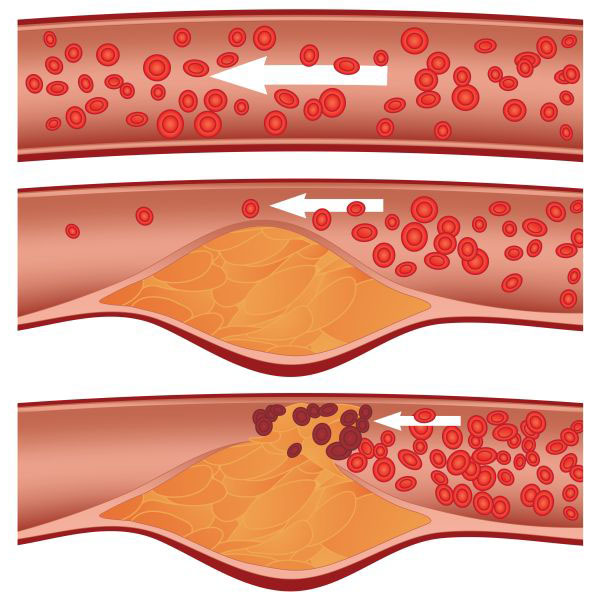
Physical exercise helps cleanse the body of excess fat intake along with food. If lipids are quickly excreted from the body, they do not settle on the walls. Running contributes to the most rapid decrease in blood lipid levels. Experts have calculated that runners are 70% better and faster able to rid the body of fats in the blood, unlike people who just do physical exercises.
The condition of the vessels improves with the simple maintenance of a good physical shape of the body. Outdoor work, long walks, dancing, body flex and gymnastics can improve a person's mood, increase muscle and emotional tone of the body.
For older people who already have problems associated with high cholesterol (cardiovascular disease), a 40-minute walk in the fresh air is enough to reduce the risk of death from a heart attack or stroke by 50%. However, it is worth remembering that a walk should not lead to an increase in heart rate by more than 15 beats per minute. Excessive stress on the heart can aggravate health conditions and reduce the production of good cholesterol.
It's important to know! The concentration of body fat in the waist area in both men and women is a sign of obesity and a risk factor for the development of atherosclerosis, angina pectoris, hypertension, and diabetes mellitus. The maximum waistline for a man is 94 cm, for a woman it is 84 cm. In this case, it is worth considering the indicator of the circumference of the hips. The coefficient of these indicators for a woman should not exceed 0.8, and for a man - 0.95. Any excess of these indicators is a sign of excess weight.
Bad habits and their effect on high cholesterol levels
Smoking.
Smoking is an obvious reason for the decrease in life expectancy and the deterioration of its quality. This addiction can affect the entire body. There is not a single organ in the human body that has not been exposed to nicotine and tar contained in cigarettes - these are the sex glands, blood vessels, bladder, liver, kidneys, brain. In addition to increasing the risk of developing atherosclerosis, smoking can increase the likelihood of developing oncology. Modern cigarettes contain a minimum of tobacco and a lot of carcinogens. For example, tobacco tar can cause cancer. In the course of the study, rabbits were smeared with such tar in the ear, and for some time a tumor formed in the animal.
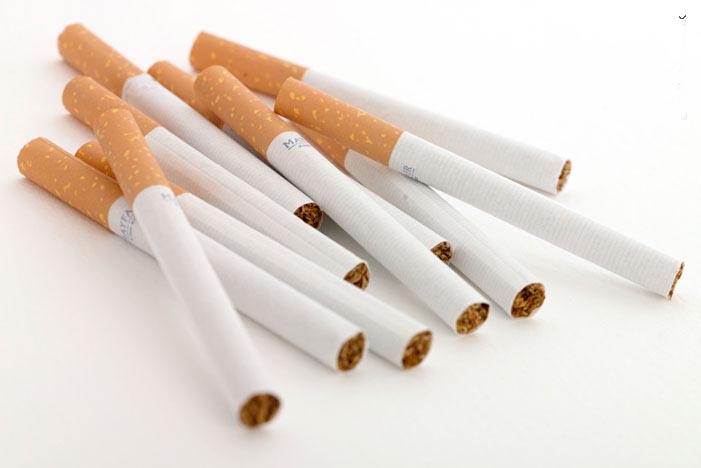
Alcohol.
With alcohol, things are somewhat different. Some experts argue that alcohol is only harmful in large quantities, and moderate consumption of red wine or strong liquor is only beneficial and allows you to control the level of bad cholesterol. But do not forget that with excessive drinking, the destruction of all vital organs (heart, liver, kidneys) occurs. For example, American cardiologists do not recommend drinking alcohol as a measure to lower blood cholesterol. It is especially not recommended to use such drinks for people suffering from diabetes, hypertension and other pathologies that require the exclusion of alcohol from the diet.
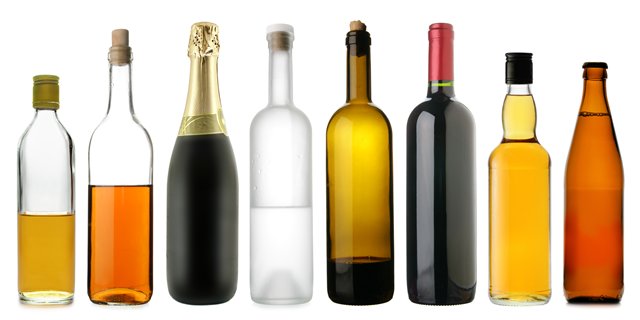
Green tea.
Coffee should also be avoided. It can be replaced with high-quality green tea, but not strong. Green tea can reduce blood cholesterol levels by 15%. The flavanoids contained in green tea strengthen the capillaries. Daily consumption of tea helps to reduce harmful lipids and increase the level of good cholesterol in the blood.
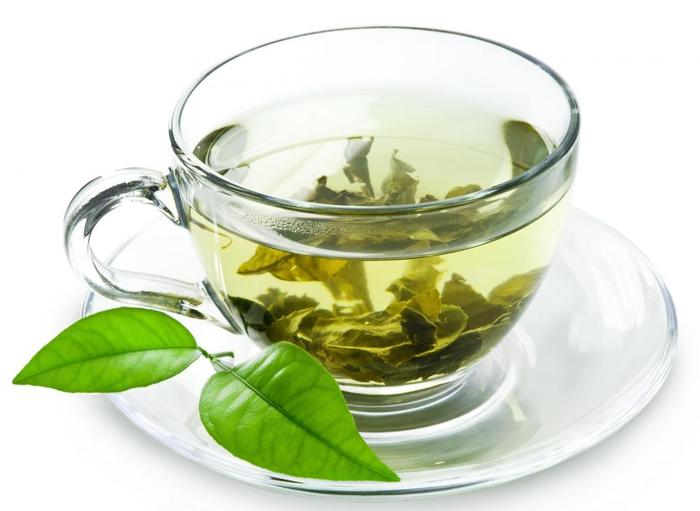
Juice therapy.
Juice therapy is one of the ways to reduce blood cholesterol levels without the use of drugs. Working on a method to combat cellulite, scientists have found that juice therapy can significantly reduce blood cholesterol levels. The only condition for such therapy is that the juice must be freshly squeezed. Juice therapy can give a significant result on the 5th day of application.
1 day: carrot juice - 130 grams and celery juice - 70 grams.
Day 2: cucumber juice - 70 grams, carrot juice - 100 grams, beet juice - 70 grams. Beetroot juice should be insisted for about 2-3 hours in the refrigerator. This is necessary to get rid of harmful substances.
Day 3: carrot juice - 130 grams, celery juice - 70 grams, apple juice - 70 grams.
Day 4: carrot juice - 130 grams, cabbage juice - 50 grams.
Day 5: orange juice - 130 grams.
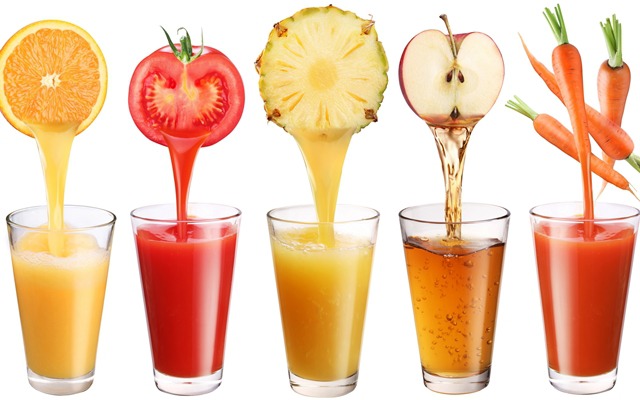
Folk remedies to fight high cholesterol
There are a large number of folk methods and recipes that help cleanse the walls of blood vessels, have a positive effect on the overall health of a person. However, you should not abuse them, since not all methods can positively affect a particular organism. A large number of people suffer from hypersensitivity to certain foods or medicinal herbs. Therefore, you should carefully select alternative treatment and follow all precautions. In addition, you must use only proven recipes:
You need 1 cup of honey, 1 tablespoon of valerian root, half a cup of dill seeds. Crushed valerian root, honey and dill mix well. After that, a liter of boiling water is added and the resulting infusion is infused for a day. After that, use the remedy 3 times a day, 1 tablespoon 30 minutes before meals. The infusion should be stored in the refrigerator.
You need 10 cloves of garlic, 2 cups of olive oil. As a result of the preparation of this remedy, we get the usual garlic oil, which can also be used as a seasoning for salads and other dishes. You need to peel the garlic, push it through the garlic press and insist on olive oil for a week. As a result, we get an excellent garlic oil, which not only diversifies your food, but also helps to lower cholesterol.
You need 200 grams of alcohol, 350 grams of garlic. These ingredients are enough to prepare garlic tincture. Grind the garlic in a meat grinder and pour a glass of alcohol. Insist for 10 days in a dark place. The tincture should be taken starting from 2 drops per day and up to 15-20 drops 3 times a day before meals. If necessary, you can dilute the tincture with milk. Then reduce the intake to the same 2 drops at the end of the week. It is often not recommended to use this method, 1 course for 3 years is enough.
Foods that help lower cholesterol levels:
Avocado.
Among all fruits, the most rich in phytosterols is the avocado. 100 grams of this fruit contains about 76 mg of beta-sitosterols. If you eat 7 tablespoons of avocados a day for 21 days, then the level of triglycerides of total cholesterol is reduced by 8%, and the amount of good cholesterol increases by 15%.
The following foods are also rich in phytosterols, which control and lower blood cholesterol levels. The use of some of them, for example, almonds (60 grams per day) can increase the content of good cholesterol by 6% and reduce the level of bad cholesterol by 7%.
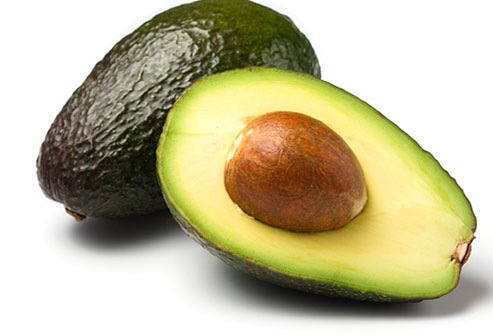
|
The amount of phytosterol (per 100 grams of product) |
|
|
Olive oil |
|
|
Flax-seed |
|
|
Pine nuts |
|
|
Pumpkin seeds |
|
|
pistachios |
|
|
Sunflower seeds |
|
|
Sesame seeds |
|
|
Brown rice bran |
|
|
Wheat germ |
Olive oil.
One tablespoon of olive oil contains 22 mg of phytosterols, which has a positive effect on the cholesterol ratio. You can also use olive oil to replace saturated fats. In this case, the cholesterol level is reduced by 18%. Unrefined olive oil has the ability to reduce inflammation and relax the endothelium on the walls of the arteries, so it is better to use it when possible.
Sardines, wild salmon, fish oil.
These products hold the absolute record for the amount of omega 3 fatty acids they contain, in addition, sardines and salmon contain much less mercury than other types of marine fish. Red salmon contains a lot of astaxanthin, which is a powerful antioxidant, but sockeye salmon is poorly amenable to artificial breeding. The US Association for the Study of Cardiovascular Diseases recommends consuming fish oil to maintain normal cholesterol levels, which is not only a natural statin, but also regulates lipid production due to the content of Omega 3. However, do not forget that eating fried fish leads to loss of its beneficial properties. properties. Therefore, it is better to eat fish, steamed or baked.
Red grapes, pomegranate, chokeberry, lingonberry, cranberry, strawberry, raspberry, blueberry.
These berries contain polyphenols that stimulate the production of healthy cholesterol in the blood. Eating 150 grams of any of these berries for 2 months can increase levels by 5%. The absolute champion among berries is cranberry, or rather its juice. Daily consumption of cranberry juice for a month leads to an increase in healthy cholesterol by 10%, and this juice contains a large amount of antioxidants that not only cleanse the body, but also prevent the development of neoplasms. You can also combine: grape and blueberry, pomegranate and cranberry.

Whole grains and oatmeal.
This is the most correct way to lower cholesterol. It is necessary to smoothly move from morning sandwiches to cereals or foods high in whole grains. A large amount of fiber will not only have a positive effect on cholesterol levels, but also improve the functioning of the digestive tract and the body as a whole.
Flax seeds.
They are also a strong statin of natural origin. Flaxseeds contain omega 3 fatty acids, which normalize cholesterol levels.
Polikanazol.
Sugar cane is the source of policanazole. This substance is produced in the form of capsules (dietary supplements). Polikanazol promotes weight loss, in the presence of obesity, stabilizes blood pressure, lowers cholesterol and prevents the formation of blood clots.
Soy products and beans.
These foods contain high amounts of soluble fiber, which significantly lowers blood cholesterol levels, while the protein content is equivalent to red meat. By replacing it with soy proteins, you can prevent the development of CVD. You can also use fermented soybeans - tofu, miso, tempeh.
Garlic.
It is the most powerful statin of natural origin. Garlic leads to a slowdown in the production of low density lipoproteins, however, to feel the effect of taking this product, it is necessary to continue therapy for at least 3 months. The disadvantage of this therapy is a contraindication to garlic in diseases of the gastrointestinal tract, ulcers, gastritis.
Red fermented rice.
Red rice extract has been used in Asian cuisine as a coloring and flavoring agent. However, later it was determined that macolin K, which it contains, helps to reduce triglyceride levels. Today, the sale of this type of statin is prohibited in some countries.
White cabbage.
On the territory of our country, this product is the most affordable. Among other products that can remove and reduce cholesterol in the body, it is the absolute leader. At the same time, use it in any form - fresh, stewed, pickled. If a person seeks to lower the level of cholesterol in the blood, then cabbage should be present in the diet daily (at least 100 grams).
Curcumin (Gellowroot) and Commiphora Mukul.
Commiphora mukul, guggul, or Arabian myrtle, is a plant that contains a large amount of healing resins that lower cholesterol. This substance is sold in the form of tablets or capsules. Curcumin can also effectively lower blood cholesterol levels.
Greenery in any form.
Onion, dill, parsley, lettuce, spinach, artichoke are leafy vegetables and herbs that are rich in lutein, dietary fiber, carotenoids. They reduce the risk of developing cardiovascular diseases and lower cholesterol.
Swap cookies, muffins, and white bread for whole grain crackers, bran bread, and oatmeal cookies.
Rice bran oil and grape seed oil also stabilize good and bad cholesterol levels.
Garlic, onions, carrots, prunes, dried apricots, apricots, sea buckthorn are products that lower cholesterol levels and are very affordable for Russian consumers.
Peanuts, red wine, red grapes - contain resveratol, which helps stabilize the levels of bad and good cholesterol.
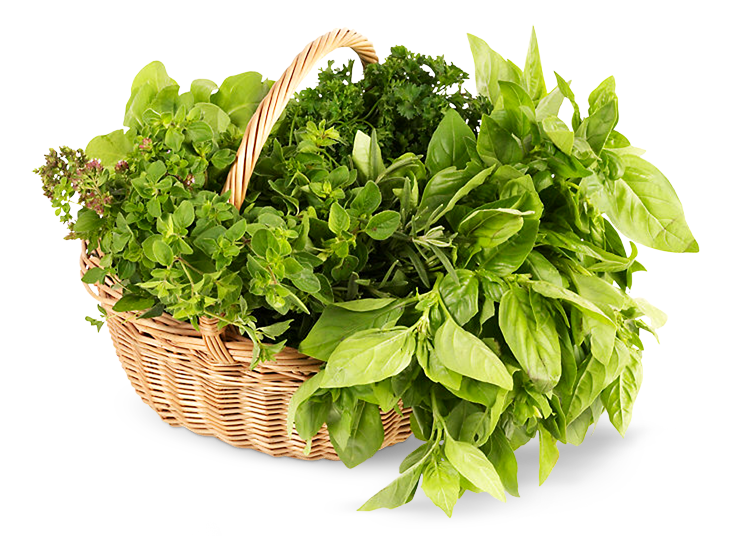
Menu for a cholesterol-lowering diet
Breakfast:
Egg white omelet, cereal porridge with olive oil, boiled brown rice or oatmeal.
Green tea, chicory with milk, barley coffee.
Oatmeal cookies, bran bread.
Lunch:
Whole grain crackers;
Rosehip decoction;
Berries, fruits, apple.
Dinner:
Vegetable soup - corn, green beans, onions, potatoes, peas, carrots.
Fish boiled or baked with vegetables.
Cranberry, pomegranate, carrot juice or other freshly squeezed vegetable or fruit juice.
Whole wheat bread.
Afternoon snack:
Carrot salad dressed with olive oil;
Dinner:
Mashed potatoes with lean boiled beef.
Low-fat cottage cheese.
Green tea with milk or honey.
Biscuits biscuit ("Maria").
Before bedtime: curdled milk or kefir.
Myths about cholesterol
The population of our country has long been of the opinion that cholesterol is a harmful substance that enters our body from the outside with food and causes cardiovascular diseases and atherosclerosis.
Some citizens are so imbued with this idea that, “taking care” of their health, they completely exclude food that contains cholesterol and, in general, fatty foods from the diet. However, some of the popular claims about the causes of rising cholesterol levels are not true.
Misconception 1. Cholesterol enters the body exclusively with food.
In fact, most cholesterol is produced in the body itself, and only a small part comes from food. Up to 70% of cholesterol is synthesized by the body on its own, and only 30% comes from food.
Therefore, dietary restrictions on foods containing cholesterol do not play a significant role in practice. Limiting cholesterol-containing foods is not necessary for prevention, but only as a means of treating high cholesterol.
The most cholesterol-rich foods are hard cheeses, pork, fatty dairy products. Especially a lot of bad cholesterol contains coconut oil and palm fat. Accordingly, in the first place it is necessary to exclude confectionery products.
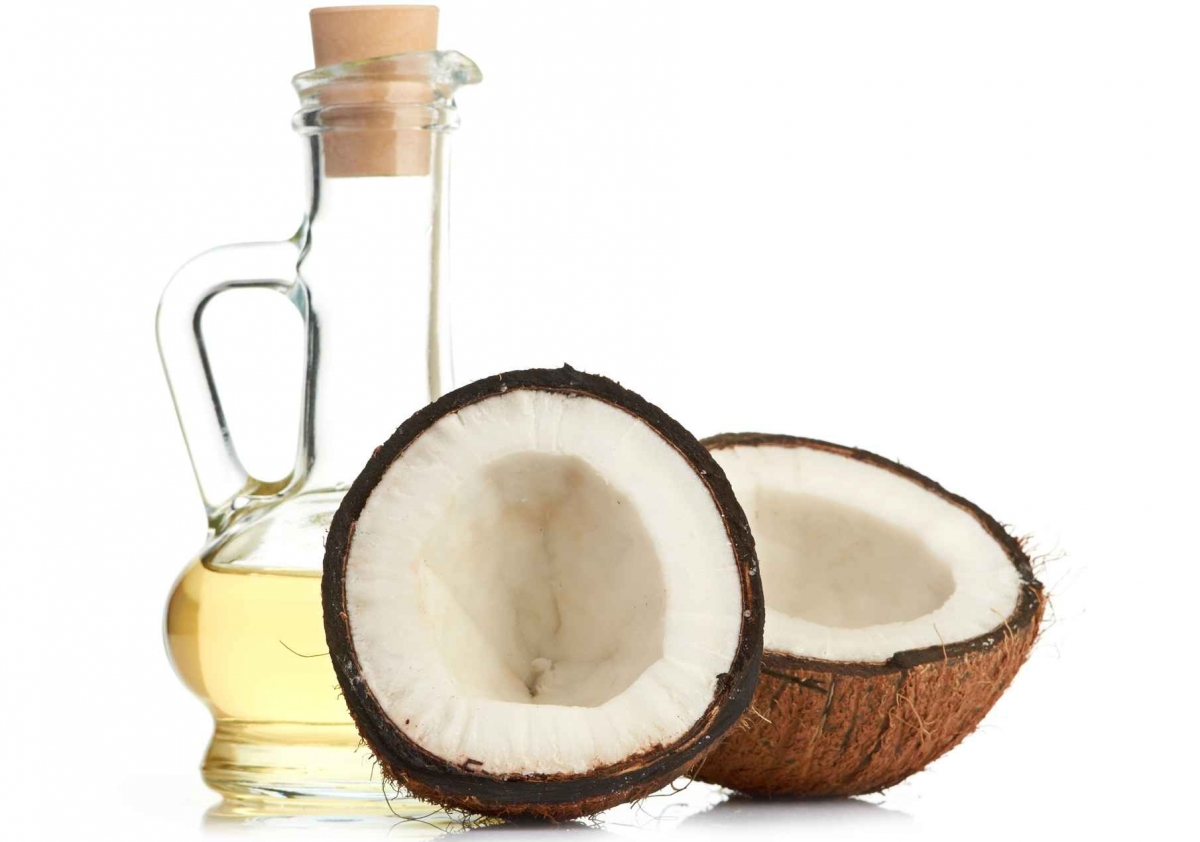
Misconception 2. Cholesterol is a harmful substance.
This is not true. Cholesterol is present in the human body in two forms. One of them is the most important building material for the walls of blood vessels and an important component of the nervous tissue, bile, takes part in the production of sex hormones, cleanses the blood vessels. Another species may have an adverse effect, but only when in excess in the body.
Misconception 3. High cholesterol causes disease.
This is the most common misconception, because cholesterol itself is not capable of causing disease. High cholesterol in the blood is only a warning that the body's metabolism is disturbed due to diabetes, diseases of the thyroid gland, pancreas, kidneys and liver. The culprit of atherosclerosis is an unhealthy lifestyle (smoking, alcoholism, stress, malnutrition and lack of exercise). To find out the level of development of atherosclerosis, you should be tested for cholesterol. A biochemical blood test will help determine the following indicators:
low density lipoproteins 2.2 - 3.5 mmol / l .;
high density 1.0 - 1.9 mmol / l .;
general - up to 5.2 mmol / l .;
triglycerides should not exceed 2.0 mmol/l.
Low density is the most dangerous indicator, which, in combination with high density, is the most unfavorable factor.
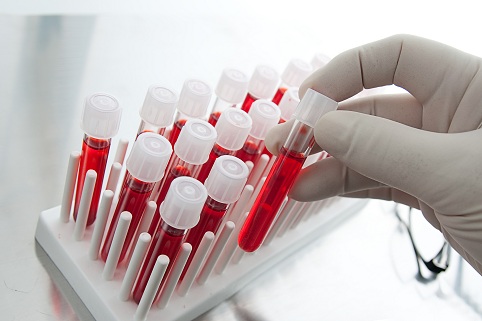
Misconception 4. Cholesterol is the main indicator of fat.
The most important indicator in a biochemical blood test is an increase in triglyceride levels. A slight increase in blood cholesterol is not considered to be very dangerous, but an increase in triglyceride levels is an alarming bell.
Misconception 5. Life expectancy depends on how low cholesterol levels are.
Many are of the opinion that high blood cholesterol is the cause of sudden death, while low cholesterol increases life expectancy. Studies conducted in 1994 showed that cholesterol levels are not a factor that 100% affects life expectancy. Therefore, the statement that low cholesterol is the key to a long life is not true.
Misconception 6. Only drugs can lower cholesterol levels.
There are foods that, in addition to cholesterol itself, contain substances that normalize cholesterol levels. Such products are: soy products, lard, olive oil, nuts.


